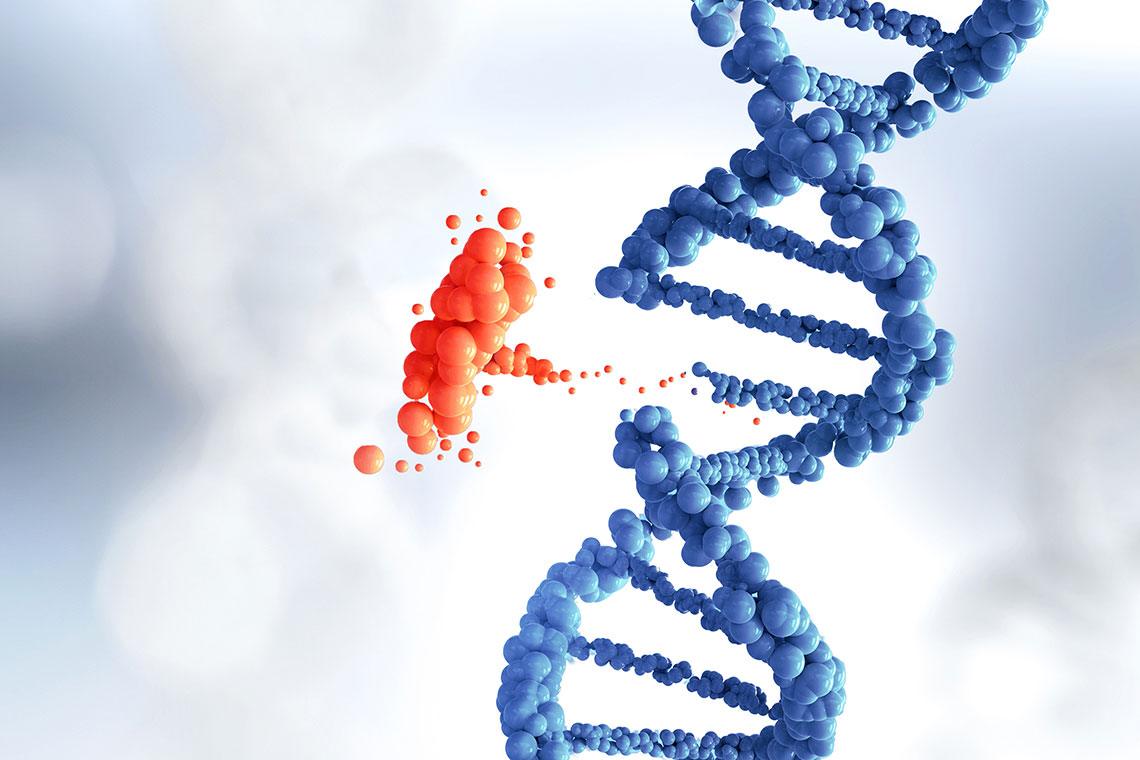Genetic diseases are conditions caused by abnormalities in the DNA, which can affect how the body functions. These disorders can be inherited from one or both parents or can arise from new mutations in an individual’s genetic portatore sano malattie ereditarie material. While genetic diseases vary widely in severity, many can have significant health impacts. Understanding the causes, effects, and current treatments of genetic diseases is crucial for both patients and families.

What Are Genetic Diseases?
Genetic diseases result from changes or mutations in the DNA sequence, which contains the instructions for building proteins and regulating bodily functions. Mutations can occur in a single gene or in larger sections of chromosomes, and can lead to conditions that range from mild to life-threatening.
There are two main categories of genetic diseases:
- Single-gene disorders: These occur when a mutation in one gene causes a disease. Examples include cystic fibrosis, sickle cell anemia, and Huntington’s disease.
- Chromosomal disorders: These result from changes in the number or structure of chromosomes. Down syndrome, for example, is caused by the presence of an extra copy of chromosome 21.
Some genetic diseases are inherited from parents, while others arise spontaneously due to random mutations in the reproductive cells.
Causes of Genetic Diseases
Genetic diseases are caused by mutations in the DNA. These mutations can occur in several ways:
- Point mutations: A change in a single base pair of DNA, which may disrupt the normal function of a gene. Sickle cell anemia is caused by a point mutation in the hemoglobin gene.
- Insertions and deletions: Extra or missing DNA base pairs can cause genetic diseases like cystic fibrosis, which is caused by the deletion of three base pairs in the CFTR gene.
- Chromosomal abnormalities: These include extra chromosomes or sections of chromosomes, such as in Down syndrome, where an individual has three copies of chromosome 21.
These mutations may be inherited from parents or can occur as de novo mutations, meaning they arise spontaneously during the formation of eggs or sperm.
Inheritance Patterns
Genetic diseases can follow various inheritance patterns:
- Autosomal dominant: Only one copy of a mutated gene is needed for the disease to manifest. Examples include Huntington’s disease and Marfan syndrome.
- Autosomal recessive: Both copies of the gene must be mutated for the disease to develop. Carriers, who have one mutated gene, are usually healthy. Cystic fibrosis and sickle cell anemia follow this pattern.
- X-linked: These diseases are caused by mutations in genes on the X chromosome, and they typically affect males more severely. Examples include hemophilia and Duchenne muscular dystrophy.
- Mitochondrial inheritance: Disorders linked to mutations in mitochondrial DNA are inherited from the mother, as mitochondria are passed down through the egg.
Impact of Genetic Diseases
Genetic diseases can affect many areas of a person’s life, including physical health, quality of life, and emotional well-being. Some genetic conditions are life-threatening, while others may cause chronic health issues but allow for normal life expectancy. The impact of genetic diseases is not limited to the individual; they often affect families emotionally, socially, and financially.
For instance, conditions like Duchenne muscular dystrophy and cystic fibrosis require ongoing medical care and can significantly impact mobility, respiratory function, and quality of life.
Advances in Treatment
While many genetic diseases currently have no cure, there are promising advances in treatment. Gene therapy, which involves altering the defective gene responsible for the disease, has shown potential for conditions like cystic fibrosis and certain types of inherited blindness. Enzyme replacement therapies (ERT) are also used for conditions such as Gaucher disease, where patients receive synthetic enzymes to replace those that are missing or malfunctioning.
Gene editing technologies like CRISPR are paving the way for more precise treatments that could correct genetic mutations at the DNA level. Additionally, research in personalized medicine is allowing treatments to be tailored to an individual’s genetic makeup, offering more effective and targeted therapies.
Conclusion
Genetic diseases, while diverse and complex, are a major area of ongoing research. Advances in genetic testing, early diagnosis, and therapies hold promise for improving the quality of life for those affected. While challenges remain, continued progress in genetics and biotechnology is bringing hope for better treatments and potentially cures in the future.
